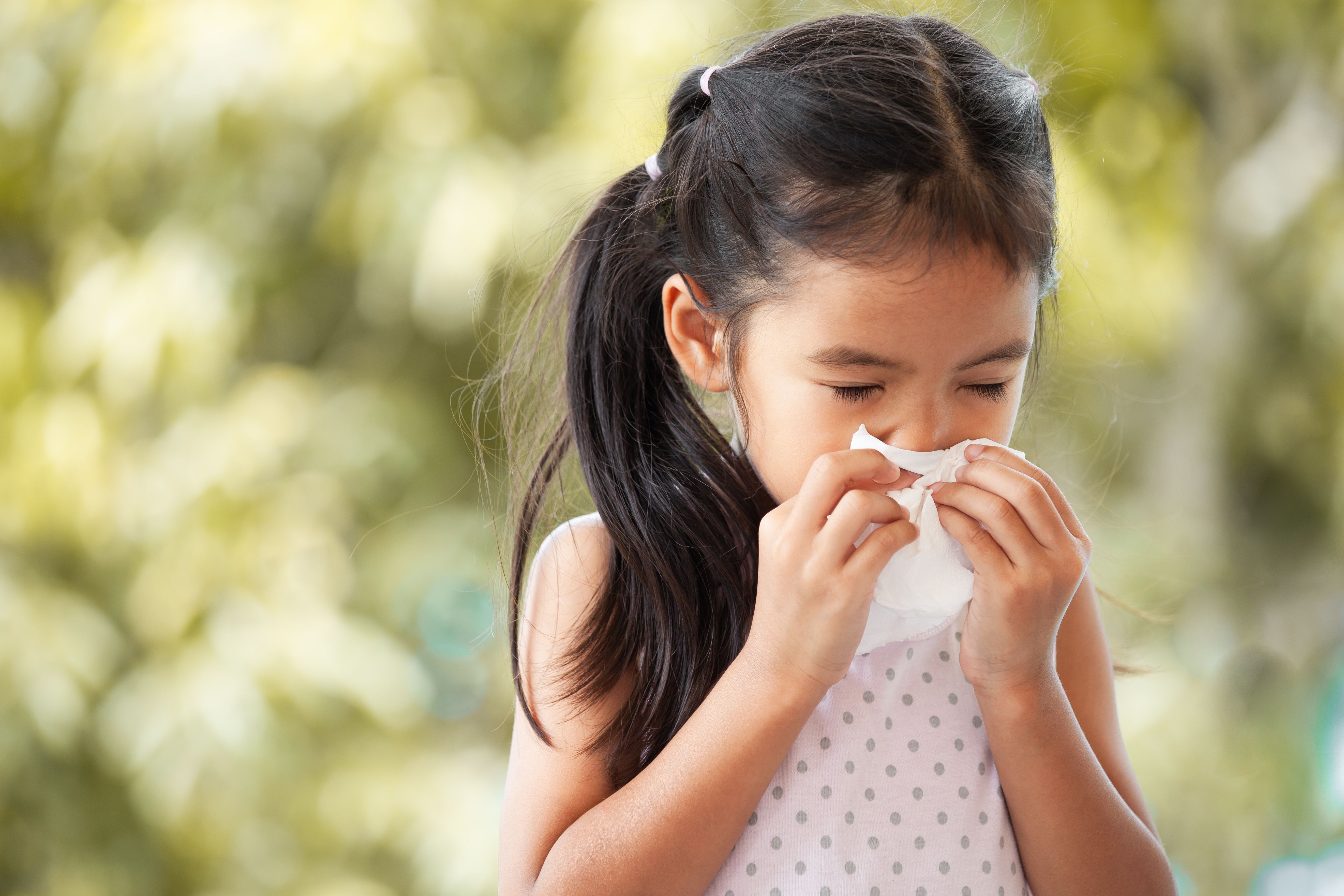Strengthening allergy awareness in children and teens
Allergies can significantly impair daily activities, school performance, and psychological well-being.
Strengthening allergy awareness in children and teens | Image Credit: © Юля Шевцова - © Юля Шевцова - stock.adobe.com.

Allergies among children and teenagers are on the rise, presenting an increasingly complex challenge for pediatricians. According to the CDC, approximately 1 in 13 children in the United States suffers from food allergies alone, a prevalence that has surged by nearly 50% between 1997 and 2011.1 Environmental allergies, including pollen, dust mites, and pet dander, are also escalating, affecting both physical health and quality of life. The growing prevalence of allergies calls for heightened awareness, early diagnosis, and comprehensive management strategies led by pediatricians.
Allergies can significantly impair daily activities, school performance, and psychological well-being. Symptoms such as chronic rhinitis, eczema, and anaphylaxis can lead to frequent absences from school and social isolation, particularly in teens navigating the complexities of adolescence. Moreover, the mental health implications cannot be ignored; studies show that children with allergies are more susceptible to anxiety and depression because of the constant vigilance required to avoid triggers.2 As the first point of contact, pediatricians play a pivotal role in mitigating these impacts through timely education and intervention.
Despite the rising numbers, a significant gap exists in allergy awareness among parents and caregivers. A 2022 survey revealed that most parents lack a clear understanding of how to manage allergic reactions in children.3 Pediatricians must lead the charge in bridging this gap by integrating allergy education into routine consultations. Simple measures such as providing clear action plans for managing symptoms and educating families on the correct use of epinephrine autoinjectors can dramatically improve outcomes.
The evolving understanding of allergy prevention, particularly through early exposure strategies, offers promising avenues for reducing allergy risks. The LEAP (Learning Early About Peanut Allergy) study demonstrated that early introduction of peanuts significantly lowered the risk of peanut allergies by up to 81% in high-risk infants.4 Pediatricians should advocate for updated feeding guidelines and support parents in implementing early dietary interventions safely. Additionally, promoting breastfeeding, which has been associated with a lower risk of allergies, can serve as a cornerstone of prevention strategies.
Addressing the allergy epidemic requires a collaborative approach among pediatricians, allergists, schools, and parents. Establishing standardized protocols for allergy management in schools and enhancing access to specialist care are crucial steps. Furthermore, continued research funding is essential to unravel the genetic and environmental factors driving allergy prevalence.
In conclusion, pediatricians must champion allergy awareness through proactive education, prevention strategies, and advocacy for comprehensive care. By doing so, we can alleviate the burden of allergies and empower children and teens to lead healthier, fuller lives.
References:
- Food allergies in schools. CDC. July 9, 2024. Accessed March 4, 2025. https://www.cdc.gov/school-health-conditions/food-allergies/index.html
- Shanahan L, Zucker N, Copeland WE, Costello EJ, Angold A. Are children and adolescents with food allergies at increased risk for psychopathology? J Psychosom Res. 2014;77(6):468-473. doi:10.1016/j.jpsychores.2014.10.005
- Kostecka M, Kostecka-Jarecka J, Kostecka J, et al. Parental knowledge about allergies and problems with an elimination diet in children aged 3 to 6 years. Children (Basel). 2022;9(11):1693. doi:10.3390/children9111693
- 4. Du Toit G, Roberts G, Sayre PH, et al. Randomized trial of peanut consumption in infants at risk for peanut allergy. N Engl J Med. 2015;372(9):803-813. doi:10.1056/NEJMoa1414850
Omalizumab outperforms oral immunotherapy in treating multi-food allergy
March 27th 2025A new clinical trial has found that omalizumab (Xolair; Genetech, Novartis) is more effective than oral immunotherapy (OIT) in treating multi-food allergy in individuals with severe allergic reactions to small amounts of common food allergens.